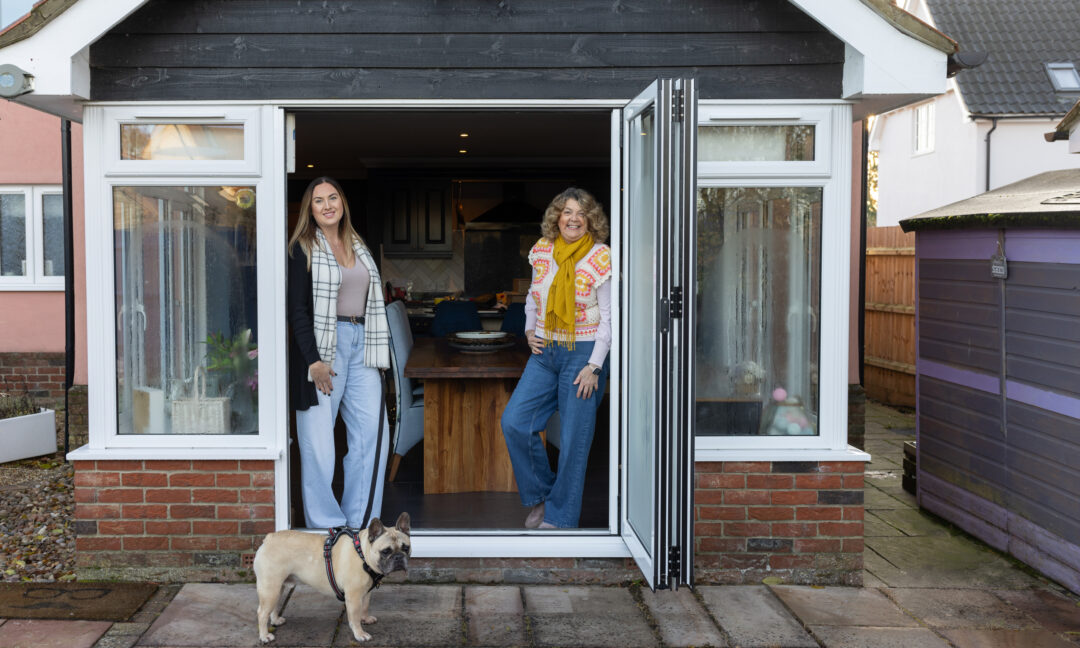For many first time buyers, getting on the property ladder can be tough. House prices and strict lending rules mean that getting a mortgage on your own is not always possible.
And it’s not just first time buyers who are sometimes in need of support. Those wishing to move house, remortgage, or buy out an ex spouse, could benefit from savings on stamp duty with joint borrower sole proprietor (JBSP).
A JBSP mortgage allows family members (such as parents or children) to support buyers without being named on the property’s deeds. This type of mortgage can also offer stamp duty savings, making it a popular option. Let’s look at this in more detail.
It’s not just first time buyers who could benefit from a joint borrower sole proprietor mortgage.
JBSP mortgages explained
A JBSP mortgage is a mortgage which multiple people help to pay off, but where only one or two people (the proprietor/s) own the property. Parent/s, guardian/s, or family member/s can add their income/s to help with affordability. However, they do not have legal ownership of the home.
Lenders look at all borrowers’ incomes. This allows first time buyers to borrow more. It helps in areas where house prices are high, and one or two incomes are not enough. Unlike a joint mortgage, only the named proprietor/s owns the property. This means they can benefit from first time buyer schemes and tax reliefs (as long as all proprietors are first time buyers).
Do you pay stamp duty with a JBSP mortgage?
One big advantage of a JBSP mortgage is stamp duty savings. When people buy a property with a joint mortgage, stamp duty is based on the status of all of the buyers named on the deeds . If any of the buyers have owned a property before, extra charges may apply. With a JBSP mortgage, only the sole proprietor/s is named on the deeds. This means their status as a first time buyer remains valid.
We lend in England and Wales. Illustrations on this blog are correct at 1 April 2025 and rates of stamp duty are subject to change. You’ll find the latest rates for England at this government website, and on this government website for Wales.
In England, first-time buyers pay no stamp duty on homes up to £300,000. They pay 5% on the portion between £300,001 and £500,000. If the property costs more than £500,000, normal rates apply. Since parents or supporters are not owners, their homeownership history does not affect the buyer’s relief.
This is a big benefit over a joint mortgage. In joint mortgages, stamp duty relief may not apply if one buyer is not a first-time buyer.
The other big potential saving is that if one of the parents or supporters already owns a property, then a normal joint mortgage would mean that additional stamp duty would be payable. This is currently 10% on properties between £250,001 and £925,000 (England).
Example of stamp duty on a £325,000 property in England
With JBSP, a first-time buyer would be liable for stamp duty totalling: £1,250
With JBSP, a second-time buyer would be liable for stamp duty totalling: £6,250
With a joint mortgage a first-time buyer co-owning with someone who already owns a property, loses their first-time buyer relief, so would be liable for stamp duty totalling: £22,500
With a joint mortgage a second-time buyer co-owning with someone who already owns a property, would be liable for stamp duty totalling: £22,500
How is a JBSP mortgage different to a joint mortgage?
With a JBSP mortgage:
- Only one or two people own the property. Other borrowers can help with payments, but do not have legal ownership or the option to make decisions about the home.
- The proprietors’ first-time buyer status is protected, this means they can benefit from first-time buyer relief. (As long as all proprietors are first-time buyers.)
- Non-owning borrowers can also avoid additional stamp duty charges.
With a joint mortgage:
- All borrowers share ownership. Each person is named on the property deeds and shares responsibility for selling or making decisions about the property.
- If any of the borrowers have owned a home before, first-time buyer benefits may be lost.
- Co-owners may also face extra taxes if they already own another property.
Examples of how joint borrower sole proprietor mortgage stamp duty works
- Two parents own their main residence with a mortgage, as well as a holiday home. They are helping their 32-year-old daughter and son-in-law buy their first home in London. This is an area with high property prices. The parents are helping out, as affordability calculations show the young couple cannot borrow enough money for the home on their own. As non-owners, the property does not become the parents’ third home. This means they do not have to pay stamp duty at the additional rate.
- There are two siblings. The eldest has a healthy income from a job in the City of London, and owns a flat in London. They want to support their younger sibling, who is on a nurse’s salary, purchase a property for £280,000. The eldest offers to become a non-owning joint borrower to help out. As a first-time buyer, the nurse gets stamp duty relief, so no stamp duty is payable.
Is a JBSP mortgage right for you?
A joint borrower sole proprietor mortgage might be a good option for first-time buyers who need financial help. It lets parents or family members support them without owning the property. This increases borrowing power, while keeping first-time buyer stamp duty relief.
However, there are risks for the supporting borrower(s). They are responsible for repayments if the buyer struggles to meet them. Their ability to borrow in the future may also be affected. It is important to understand these risks before applying.
For those who qualify, a JBSP mortgage can make homeownership easier and reduce upfront costs. Before applying, speaking with a mortgage or financial adviser can help determine if this is the right choice.


















